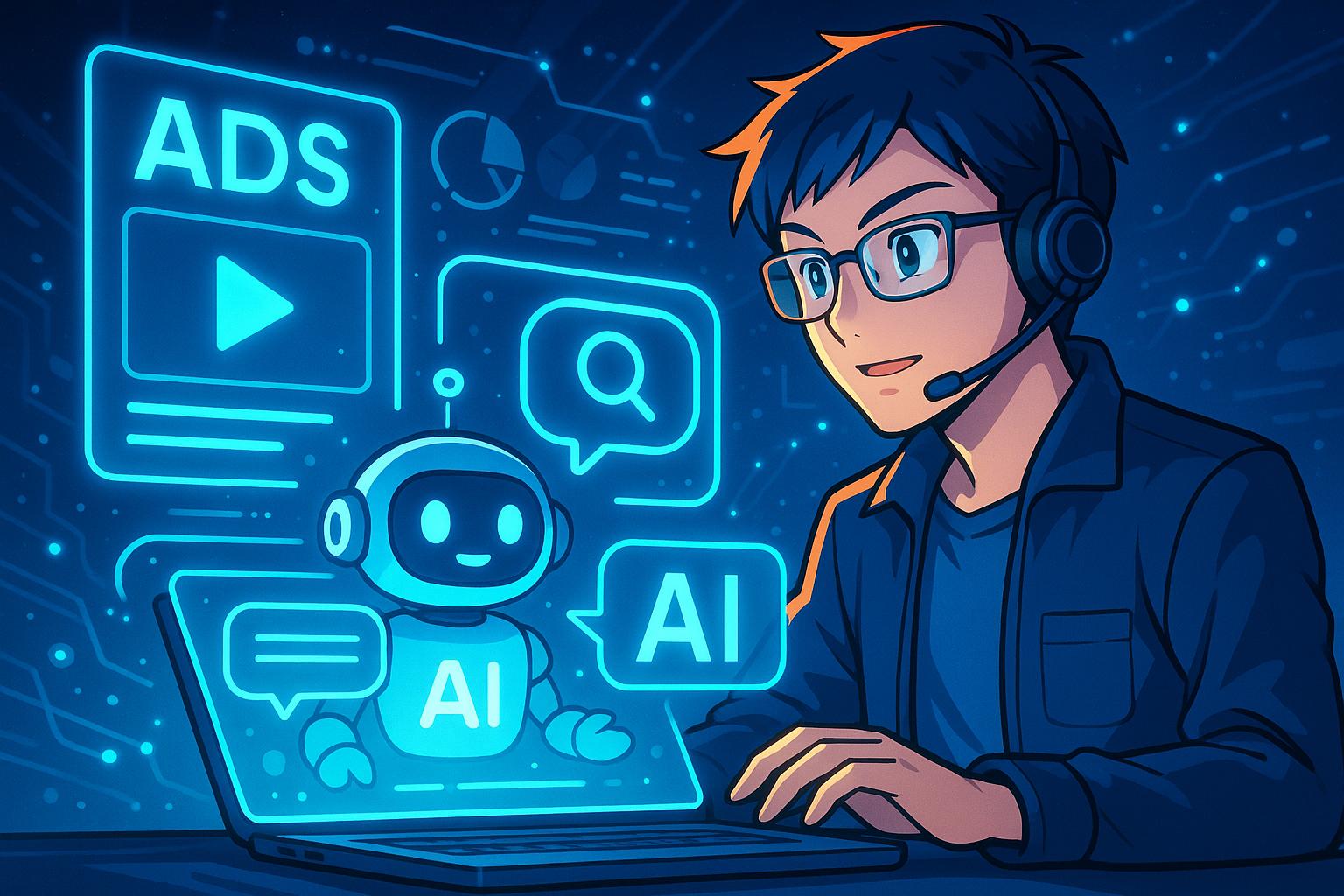At the recent Google I/O 2025 events, the tech giant made a bold declaration of its intent to reshape the landscape of modern marketing through the power of artificial intelligence (AI). Google showcased its vision not merely as an ad provider but as a pivotal player in transforming how consumers search and interact with digital content. This shift comes at a time when competition from AI chatbots, notably OpenAI’s ChatGPT, is intensifying, prompting Google to respond with a series of significant updates aimed at retaining its dominance in the advertising sector, which generated nearly $198 billion last year.
The cornerstone of Google's latest strategy is the introduction of new features designed to create smarter and more dynamic search experiences. Among these innovations is the "AI Mode," which promises conversational search functionality driven by the company’s advanced Gemini large language model. This new format replaces traditional search results—historically consisting of blue links—with AI-generated summaries that provide immediate and relevant answers. This overhaul is particularly vital as Google faces the ever-growing threat of AI competitors that challenge its legacy model.
The twin events in California and Dublin revealed a robust plan to enhance automated advertising through AI. The introduction of “AI Overviews” allows brands to have their ads embedded within summarised responses, creating a new marketing surface that is both promising and unpredictable. Marketers now face a paradigm shift wherein keyword targeting diminishes in relevance, making way for a focus on broader themes—though this expansive approach comes with less visibility into how ads are displayed or how responses are formulated.
Such innovations signal a significant move towards a more automated ad landscape. Google’s new automation layer, AI Max for Search, is engineered to identify high-intent queries that brands are currently unaware of, potentially unlocking new avenues for niche markets. However, this also places pressure on marketers to remain vigilant, as key performance indicators may become obscured, necessitating proactive analysis of historical data to uncover effective strategies. Enhanced controls introduced alongside this feature aim to offer some return to precision targeting but may still leave essential aspects of campaign performance in the dark.
Intriguingly, Google is not resting on its laurels. The debut of generative creative tools, notably Asset Studio, adds yet another layer of complexity. This platform generates media outputs—from video ads to images—based on text prompts, streamlining the campaign creation process. While touted as enabling faster and cheaper advertising, the over-reliance on generative AI poses risks of homogenisation, where the creativity of brand identity may suffer in favour of bland, repetitive outputs. Google's spokesperson noted that the platform aims to maintain brand distinctions by allowing marketers to start from existing brand assets, preserving some element of creative control.
A further enhancement of Google’s marketing suite is the Performance Max tool, which now offers channel-level reporting, giving brands insights into how their budgets are allocated across multiple platforms. Despite these improvements, many marketers still express concerns about the opacity of the algorithms, which underlie targeting and optimisation processes. The persistent lack of clarity in conversion pathways frustrates efforts to decipher effective components of campaigns.
Shifting to the realm of e-commerce, Google's upgrades also reflect an aggressive stance in visual shopping. Their enhanced virtual try-on tool allows users to upload personal images, a significant improvement over previous versions that depended on generic avatars. As Google further entrench itself in visual commerce, it aims to rival established players like TikTok and Amazon. However, execution relies heavily on synchronised data feeds and robust inventory management systems, which remain challenges for many marketers.
On the data front, Google’s new Data Manager promises to facilitate consented first-party data integration across platforms. As the industry pivots away from third-party cookies, the potential for more accurate advertising hinges on this capability, but brands operating on outdated systems may find themselves excluded from this new model of data-driven advertising.
The overarching message from Google I/O 2025 is clear: Google is positioning itself not just as a platform but as the backbone of modern marketing. This ambition is seductive, particularly for smaller teams yearning for efficiency. Yet, it raises critical questions about strategic direction and human oversight. With tools designed to automate and enhance capabilities, marketers must remain agile, discerning when to lean on technology and when to retain the creative and strategic reins.
As the saturation of AI tools becomes the norm, the true differentiator for brands will not merely be their access to these technologies but the intent and strategy guiding their use. In a rapidly evolving digital landscape, it is this human element that will remain invaluable, even as automation reshapes the marketing terrain.
Source: Noah Wire Services
